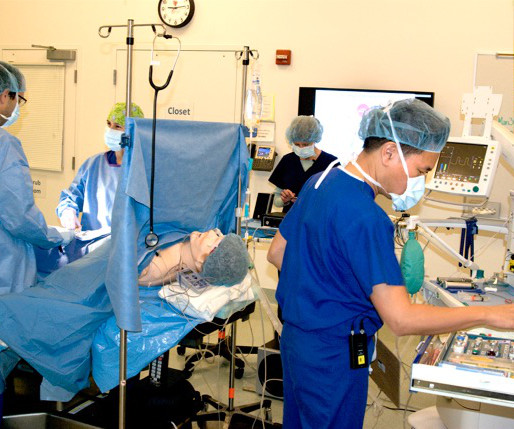Role of Anesthesiology Residents in the OR
DFW Anesthesia Professionals
SEPTEMBER 11, 2024
They closely monitor the patient’s vital signs, such as heart rate, blood pressure, body temperature and body fluid balance. They also adjust anesthesia levels as needed to ensure that patients remain unconscious and as pain-free as possible during the surgery (4). Post-operative anesthesia rounds: Need of the hour.”




















Let's personalize your content